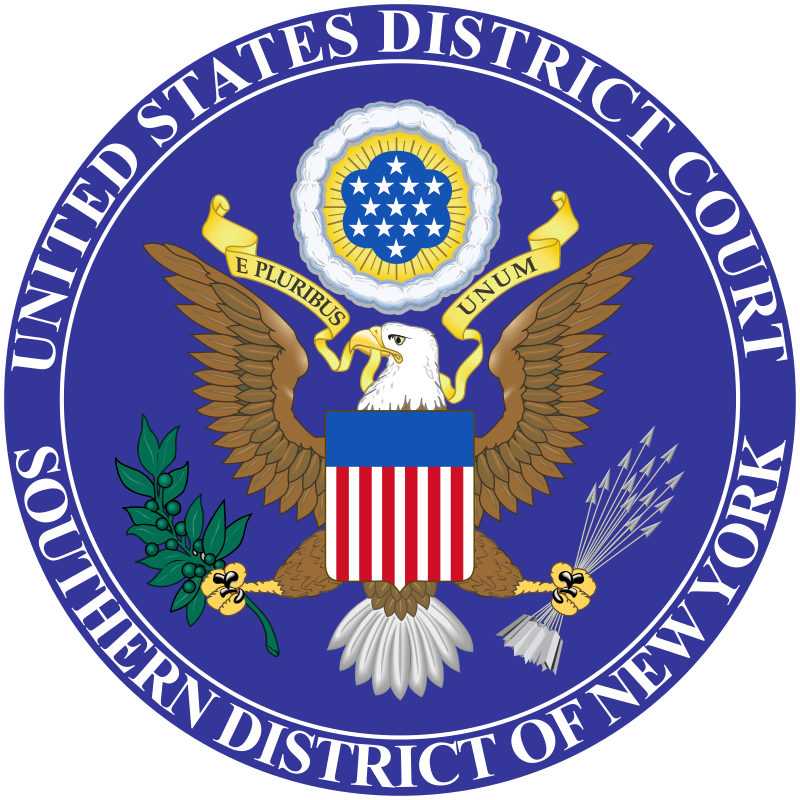The dispute between certain owners of interests in low income housing projects and not for profit sponsors has taken an ugly turn. AMTAX Holdings 227, LLC has filed suit in the United States District Court for the Southern District of New York against accounting firm CohnReznick LLC. CohnReznick is a top twenty firm. According to their website, their affordable housing group has more than 75 dedicated partners.
AMTAX alleges breach of fiduciary duty, professional negligence and fraud. The claims concern the computation of “exit taxes”, which is a little confusing because there isn’t any taxing authority involved in the case. The allegations come from the peculiar way the federal government uses the tax code to subsidize affordable housing and the mini industry that has evolved around the program.
The Low Income Housing Tax Credit
The major federal subsidy to affordable housing is embedded in Section 42 of the Internal Revenue Code – the Low Income Housing Tax Credit. The credit is apportioned among the states based on population and doled out to projects by state housing authorities. There is a preference in favor of not-for-profit sponsors. Of course the NFPs have no use for the credits which is why we end up with entities like Tenants Development II LP (TDLP), which is treated as a partnership for income tax purposes. TDLP owned and operated a 185 scattered site housing project in the South End of Boston referred to as SETH II (Don’t confuse the South End with South Boston. Trust me.).
AMTAX is the investor limited partner in TDLP owning 99.99%. Alden Torch LLC manages a portfolio of LIHTC investments including AMTAX’s. Alden Torch acquired the management relationships from the bankruptcy of Capmark. Tax Credit Holdings III, LLC (TCH) also managed by Alden Torch is a special limited partner owning 0.001%. Tenant Development II Corporation (GP) is the the general partner of TDLP owning 0.009%. Tenants Development Corporation (TDC) is a Massachusetts public charitable corporation involved in promoting affordable housing in Boston’s Historic South End. TDC owns GP. It also has a right of first refusal (ROFR) that allows it to buy the project for a certain price if the ROFR is triggered. TDC also, apparently, owns the land that the project is located on as it is entitled to ground rents which have accumulated over time.
That ROFR price is what creates the beef with CohnReznick, but to understand that we need to know a little more about the credit. The way the credit works is that it is claimed by TDLP over ten years, which probably means it shows up on eleven tax returns with less than a full year credit in the first and eleventh years. The credit is contingent on the project being operated as affordable housing in accordance with some pretty complex regulations. After the ten years are up there are five years where it is subject to recapture. There is a further fifteen year affordability requirement but that is handled by state agencies. The IRS is entirely out of the picture at this point.
That is a good point for AMTAX to get out of owning the project. AMTAX has one or more investor partners likely a bank or banks that put money in to help fund the development and also pay all the lawyers, accountants and whatnot who are required to make this all work. AMTAX will also have a GP likely owned by Alden Torch or some related party. The investors got the credits they bargained for and no longer have to be concerned with recapture. Time to move on.
That was the situation in 2017.
The Orignal ROFR Price
The minimum price that the investor can be required to take under a LIHTC ROFR is the debt securing the property that is at least five years old plus taxes attributable to the sale i.e. “exit taxes”. Since the existing mortgages are typically assumed in these deals the only money that changes hands is the payment to the investor limited partner for exit taxes. As of June 30, 2017 CohnReznick computed the exit taxes for AMTAX to be $7,737,812. The computation was based on a grossed up corporate tax rate applied to AMTAX’s deficit capital account, A subsequent computation also by CohnReznick lowered the amount to $5,382,990 in recognition of the reduction in corporate rates due to the Tax Cuts And Jobs Act of 2017.
That exit tax computation seems to the standard practice in the industry. The deficit capital represents losses in excess of capital contributions that were allocated to the investor limited partnership giving them a tax benefit in addition to the credits that they were allocated. As far as I can tell nobody in the industry wonders if that is the actual tax impact on the investor, which is what a really literal minded dope like me would think of. Realistically that is just not practical. Also there seems to be an implicit assumption that the capital account is an income tax basis capital account.
AMTAX speaking through Alden Torch indicated that they were not interested in being taken out for that paltry sum believing that the property was worth a lot more and it should go on the market. On the market it went and there were some offers. Tenants Development Corporation claimed that the offers triggered its ROFR which it was now exercising. The ROFR kind of blind sided AMTAX which tried to withdraw its authorization for sale.
That triggered litigation which I covered in 2021 as did Beth Healy of WBUR. the outcome of that litigation was that the ROFR being worded the way it is to satisfy the requirement of a an Internal Revenue Code section (42(i)(7) does not make a federal case out of it. So the battle has moved to Massachusetts Superior Court in Suffolk County where Tenants Development Corporation is suing AMTAX and Alden Torch for slander of title, breaches of contract, and tortious interference with contract. That case was filed June 17, 2020 and based on the record appears to be just waiting for a decision.
The New ROFR Price
As the litigation progressed CohnReznick came up with a new dramatically different exit tax computation. It was zero. The argument is that the sale of the property does not exit the investor from the partnership. So the only liability that is deemed proceeds of the sale is the mortgage of roughly $17 million, which is less than the property’s basis. The other $25 million or so of nonrecourse liabilities that were available to allow AMTAX’s capital account to go negative are not affected by a sale of the property.
The regulations under 704(b) have a concept called “minimum gain”. Minimum gain places a limit on the amount of losses that can be allocated to a limited partner beyond their contribution, simplistically that is how far negative their capital account can go. If you want to dig into the details and explanations of CohnReznick’s computations they are available here in exhibits in the Mass Superior Court litigation. It is hard to see how liabilities could have been counted as going into minimum gain, but have them still hanging after disposition of the property.
Minimum gain is defined in Reg 1.704(d)(1):
“The amount of partnership minimum gain is determined by first computing for each partnership nonrecourse liability any gain the partnership would realize if it disposed of the property subject to that liability for no consideration other than full satisfaction of the liabilities…”
In and email included in the exhibits there is an email dated November 2, 2022 from CohnReznick responding to Alden Torch’s concerns about the new tax computation which included:
“The ‘fourth calculation’ that you reference is a sale of the property at the minimum purchase price as defined in Internal Revenue Code Section 42(i)(7), it is not an exit tax computation. More specifically, it not an exit tax calculation given the unsecured debt situation that exists here.”
How did debt that is unsecured work its way into the minimum gain computation? If was teaching a course for a Masters in Tax program, I might use that as a good exam question.
Who Is The Client?
In the email about the fourth calculation CohnReznick could not go into to details because of client confidentiality. The client was TDLP. AMTAX managed by Alden Torch is the 99.99% limited owner of TDLP. The computation may determine how money split between them and the entity that owned the 0.009% general partner. It might have been a good idea to include them in the discussion rather than having this sprung on them. Regardless, it would have been good to include a tax attorney in the analysis particularly if I am right about there being a potential inconsistency in including liabilities in the minimum gain computation but not the ROFR computation.
In the action against CohnReznick AMTAX seems to argue that other litigation is the result of its efforts to set aside the “sham ROFR calculation” and that it is entitled to at least $8.5 million in exit taxes. This is consistent with the fact that the initial federal legal actions were filed in May of 2020 not long after the final CohnReznick ROFR computation.
AMTAX filed its complaint on February 9, 2023. The most recent action is letters about when CohanReznick will be filing an answer.
Other Coverage
Law360 has CohnReznick Secretly Diverted Tax, Partnership Tells Court by Anna Scott Farrell.
Originally published on Forbes.com.
For great value continuing professional education. I recommend the Boston Tax Institute

You can register on-line or reach them by phone (561) 268-2269 or email vc@bostontaxinstitute.com. Mention Your Tax Matters Partner if you contact them.
For articles oriented toward tax professionals check out Think Outside The Tax Box.
































































































